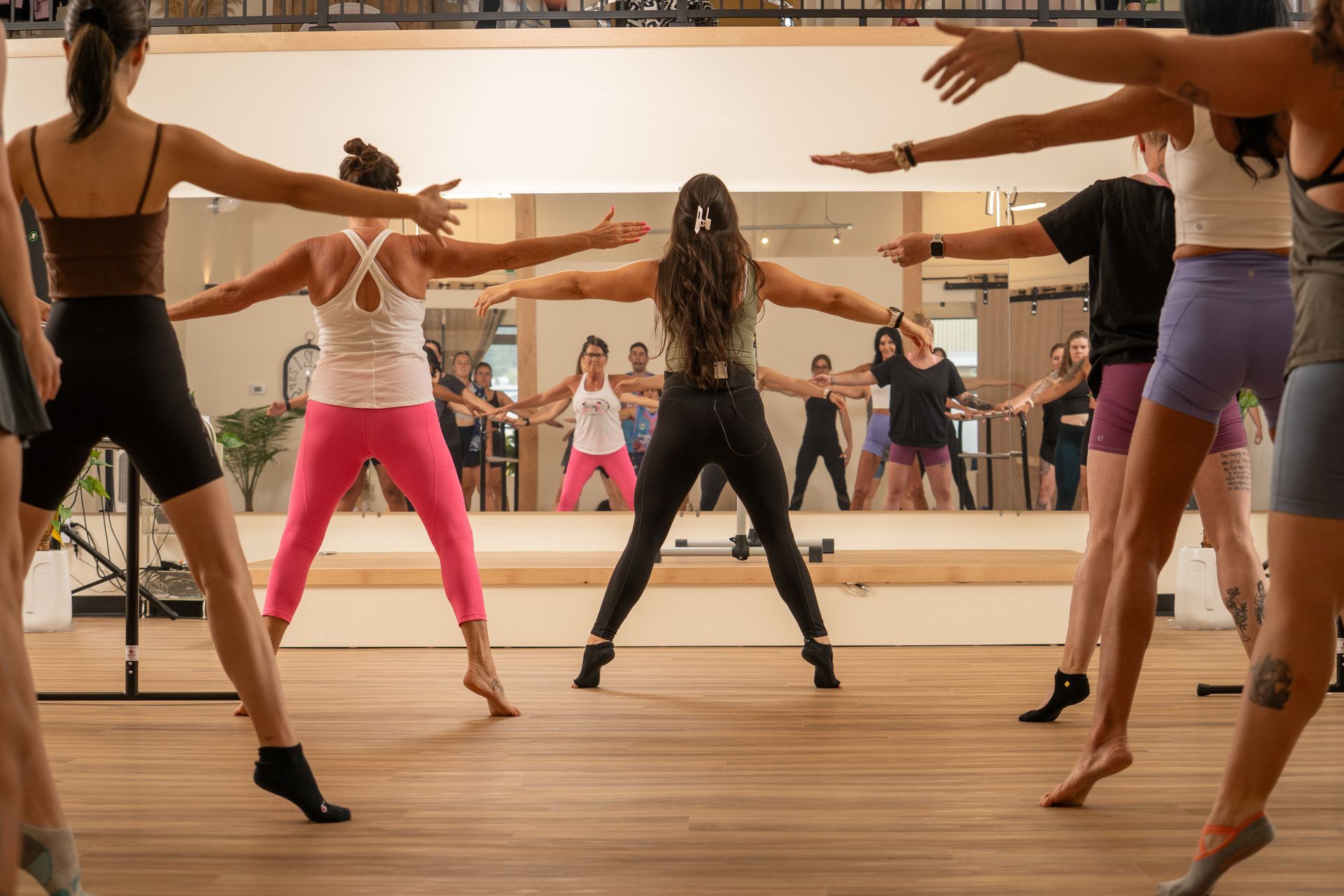Manifestation and Visualization for 2024
It's important to believe in the possibility of what you want to manifest and take inspired action towards your goals.
Visualization
What can visualization do to help support your goals? I have run many groups on vision boards or action boards either in person, in therapy or virtually for many years. The first time I did a vision board was with a group of women who were leaving abusive relationships. I wanted them to have two things as an outcome of my workshop.
1. Hope for their future.
2. A vision of what it could look like.
This was about 25 years ago and I find them as effective now as I did then.
I do them as part of couple’s therapy, individual therapy, family therapy or just for fun with professionals so they can envision a more joyful life in both work and play.
Here are a few of the benefits.
- Clarifying Goals: Visualization allows you to create a clear mental image of what you want to achieve. By visualizing your goals, you can define them more precisely and gain a deeper understanding of what success looks like. This clarity helps you set specific, measurable, achievable, relevant, and time-bound (SMART) goals.
- Motivation and Inspiration: Visualization allows you tap into the power of your imagination and emotions. By visualizing yourself achieving your goals, you can evoke positive emotions, such as excitement, determination, and confidence. This emotional connection fuels your motivation and inspires you to take action towards your goals.
- Overcoming Obstacles: Visualizing the process of achieving your goals can help you anticipate and overcome potential obstacles. By mentally rehearsing the steps you need to take and visualizing yourself overcoming challenges, you can develop a proactive mindset and build resilience. This mental preparation increases your chances of staying focused and persistent, even in the face of setbacks.
- Creating a Roadmap: Visualization can help you create a visual roadmap of your goals. By breaking down your goals into smaller milestones or tasks and visualizing each step along the way, you can create a clear path towards your desired outcome. This roadmap serves as a guide, keeping you on track and helping you prioritize your actions.
- Enhancing Focus and Concentration:
Visualization exercises can improve your ability to concentrate and stay focused on your goals. By regularly visualizing your goals, you train your mind to stay aligned with your desired outcomes. This increased focus helps you avoid distractions, make better decisions, and stay committed to your goals.
- Building Confidence:
Visualization can boost your self-confidence and belief in your ability to achieve your goals. By vividly imagining yourself successfully accomplishing your goals, you strengthen your self-image and develop a positive mindset. This increased confidence translates into higher levels of self-efficacy, which is essential for taking bold actions and persisting in the face of challenges.
- Tracking Progress: Visualization can be used to track and celebrate your progress towards your goals. By visualizing milestones or specific indicators of progress, you can assess how far you have come and acknowledge your achievements. This reinforcement of progress provides motivation to keep moving forward and can fuel your determination to reach your ultimate goal.
Remember, visualization alone is not enough to achieve your goals. It should be combined with strategic planning, action, and consistent effort. Visualization serves as a powerful compliment to these other goal-setting techniques, helping you stay focused, motivated, and aligned with your desired outcomes.

Manifestation
There are several tools that can be used for manifesting:
- Visualization:
This involves creating a clear mental image of what you want to manifest. By visualizing your desired outcome, you can increase your focus and belief in achieving it.
- Affirmations:
Affirmations are positive statements that you repeat to yourself to reprogram your subconscious mind. By affirming what you want to manifest, you can shift your mindset and attract the desired outcome.
- Gratitude: Practicing gratitude involves expressing appreciation for what you already have in your life. By focusing on the positive aspects, you attract more of the same into your life.
- Meditation:
Meditation helps quiet the mind and allows you to connect with your inner self. By practicing meditation, you can increase your clarity, focus, and alignment with your desires.
- Vision boards: A vision board is a collage of images, words, and phrases that represent your goals and desires. By creating a visual representation of what you want to manifest, you can keep your goals at the forefront of your mind.
- Journaling: Writing down your desires, goals, and intentions can help clarify your thoughts and bring them into reality. By journaling, you can also track your progress and reflect on any limiting beliefs or negative patterns that may be hindering your manifestation.
Remember, these tools are most effective when used consistently and with a positive growth mindset. It's important to believe in the possibility of what you want to manifest and take inspired action towards your goals.
Books:
- Manifest - 7 Steps to your best life by Roxie Nafousi
- The Source - The Secrets of the Universe, the science of the brain by Dr. Tara Swart, Psychiatrist and neuroscientist
If you are interested in one of our workshops please sign up
here and we will notify you for the next date.
Lynn
Lynn Hiscoe | Career at a Glance
I am a Registered Clinical Counsellor and a Registered Social Worker providing support and therapy to individuals, families, professionals, workplaces, and organizations. I’ve worn many hats over my 20 years of experience and leadership in the field of mental health.
I’ve served as mother, coach, therapist, clinical supervisor, manager, and team leader supporting clinicians, social workers, educators, workplaces, unions, and paraprofessionals on mental health and complex cases.
My approach is tailored to the individual, while providing treatment with empirical, evidence-based therapy such as cognitive behavioral therapy (CBT). I have worked primarily with professionals in education, medical, and community mental health settings. Highlights:
- Counseled thousands professionals and individuals over the course of my career
- Written dozens of programs, assessment tools for employers and workplaces
- Pioneered “Living with Balance” program - CBT based group therapy program for teachers across BC.
- Contributed to several publications and textbooks.



